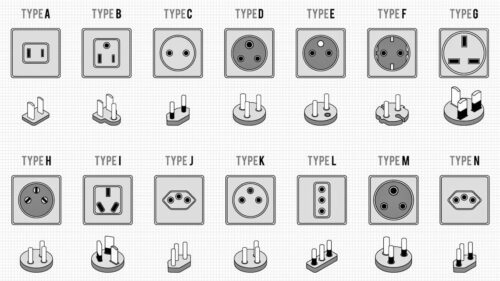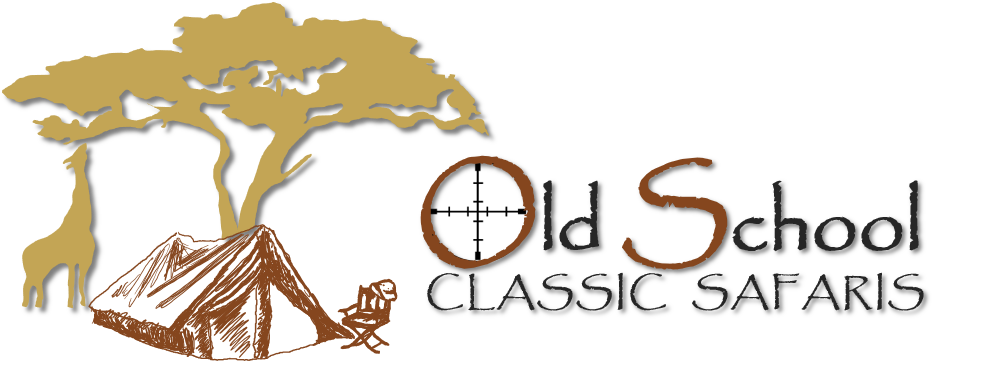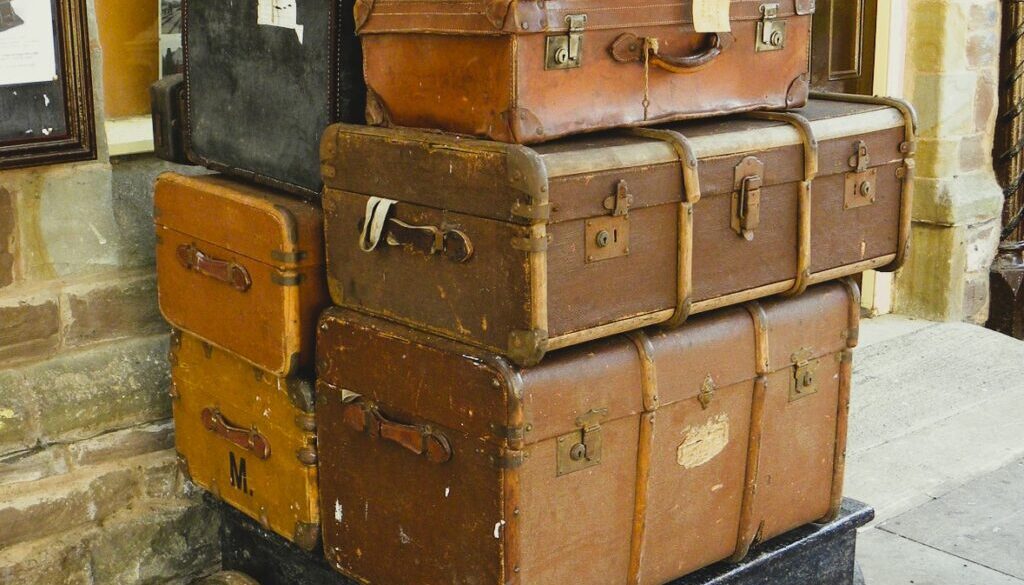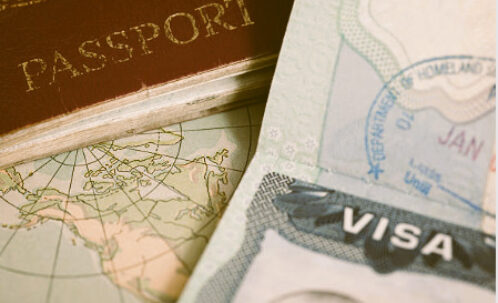What to Pack for an African Safari
Packing for an African Safari trip can be quite stressful. There are many things to consider and the aim is always to pack light. Below is a checklist of items both clothing and accessories, that I have optimized over years of traveling and hunting safaris.
Transiting through airports and potentially moving to different locations during your safari, means optimizing and minimizing what you pack will be most beneficial. Remember that laundry can be done often if not daily at most lodges and camps, so you don’t need a lot of the same thing. However, you will need enough variety for different hunting conditions and temperatures.
Deciding on what to pack for your Safari or any trip is a very personal thing; there may be items you decide to take, above and beyond what I have listed here, but hopefully, this can help as a guide.
We independently evaluate all recommended products and services. If you click on links we provide, we may receive compensation.
Document Checklist:
- Passport and Visa (if required)
- Driver’s License as a secondary form of ID. International drives license if you plan to drive in Africa (they are issued by the Automobile Club of America or better known as the AAA. Contact your local office for information; www.aaa.com).
- Copies of passport and driver’s license in case original documents are lost. Keep separate from originals.
- Credit cards for purchases and ATM card for cash
- Medical Insurance card
- Medical prescriptions and your vaccination certificates (copies).
- List of key contacts and phone numbers including the outfitter.
- US Customs Form 4457 for each rifle you are bringing. (see post ‘Traveling with your rifle’ for more information). Make a copy and keep it with your other document copies.
- SAPS 520 for your importing your rifle into South Africa
Clothing Considerations:
Some considerations on what to pack for an African Safari based on a 7-10 day trip;
– Depending on the time of the year and the location you hunt there may be a significant temperature variance between days and evenings. In general, mornings and nights can be cool while daytime is warm or hot. Driving in the back of the safari vehicle also adds a wind chill factor. Packing clothes that you can comfortably layer will work best.
– Customary safari colors; dark green or khaki are recommended and preferred.
– Camouflage clothing design in South Africa is ok while other countries such as Zimbabwe it is not. Camo such as Realtree or Mossy Oak may be tolerated but anything that resembles military camo is frowned upon. Reach out to us or your outfitter if you are unsure what is acceptable in the area you are visiting.
– For an African Safari, it is advisable to pack as compact as possible. You will be traveling by modes of transportation with limited space (safari vehicles or small planes). Try to steer away from hard luggage. Duffle bags like this Eddie Bauer expedition or an alternative in the 30’’ to 32’ range with wheels will serve you best. They fit a good deal of clothes and accessories, can be compressed if necessary, and move easily through the airport. I do advise a nylon strap around to bag to keep everything secure.
– Dress modestly and be considerate. Most African countries are poor and flaunting expensive clothing or jewelry may attract unnecessary attention.
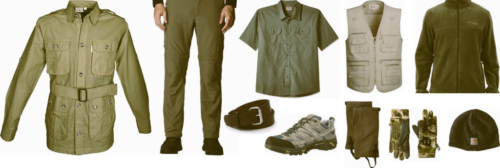
Safari Clothing Checklist:
✅ A lightweight safari jacket that can be worn alone or used for layering. A good tight cotton or synthetic weave that can stand up to thorns and brush. Water repellency is recommended. A heavier jacket if you are in certain regions of South Africa during the winter months. Temperatures can reach freezing during the night and morning drives can be chilly.
✅ Fleece pullover/jacket or packable lightweight down jacket. Wear alone or layer on colder nights.
✅ Safari-type vest. If you like them, bring them. I have brought it on past trips but rarely used.
✅ 2 x long sleeve shirts either button down or pullover. I prefer button-down collared safari shirts. They can be opened up and sleeves rolled up when temperatures go from cool to warm. Collars can be lifted to protect the neck from the sun.
✅ Short sleeved button-down collar shirts x 2. Good for hot days and can be opened in front and collar lifted to protect the neck from the sun.
✅ T-shirts x 3. Good for very hot days and for layering on cooler days or nights.
✅ Bring an extra short or long sleeve shirt for travel.
✅ 3 x pairs of pants. I recommend a multi-pocket cargo style. I usually travel in one regular pair and take two pairs with zip-off legs (like Columbia convertible pant for men and convertible pant for women. They can double as shorts on hot days and can be zipped back for the evenings. This reduces the need to pack an extra pair of shorts.
✅ Socks and underwear 5 x pairs each. You can get by with less, but best to take extra just in case.
✅ Baseball-style cap (you may get one from the outfitter) or a safari-style hat is a must. It will protect your eyes and face from the sun and also keep your head warm in the evenings.
✅ Warmer fleece hat if traveling during Africa’s winter months for cold mornings and evenings. Can also keep your head warm if sleeping in a tent.
✅ Pair of lightweight gloves to keep your hands warm in the mornings and evenings.
✅ Leather belt to hold your pants up as well as other things like your ammo pouch, knife etc. Tactical belt
✅ Bandana. It can be used for multiple purposes; a handkerchief, sweatband, hand cloth, and even a tourniquet. I never go into the bush without one.
✅ Light scarf for the ladies, for added heat and to protect you from the sun.
✅ Two pairs of lightweight hikers (boot or shoe). I use the Merell vent for lightweight. Bring a shoe that will stand up to the bush and a second lighter pair for travel and backup. A good grip sneaker can serve as a backup to your hikers and be comfortable around camp or at the lodge.
✅Safari Gaiters. Steek grass and Klits grass seeds can deposit nasty little burrs in your socks and shoes when you walk through the bush. The safari gaiter will save you a lot of grief and discomfort.
Clothing Sources: Cabelas, Bass Pro Shop, Travelsmith, TAG safari clothes, REI, Midway USA, Orvis, LL Bean. There are many more sources on the web, these are just a few I have used in the past.
Safari Gaiters Sources: Optics Planet, African Sporting Creations, Midway USA, Tag safari clothing.

Essentials and Everything Else
(including the kitchen sink)
This list of recommended items is based on my experience and what I have found most useful to pack on an Africa Safari. I hope you find it helpful.
✔ Wash and shave kit with soap and shampoo. The lodges will have both but if you are going on and ‘Old School’ camp safari you will need your own.
✔ Towel. Same as above and will only be needed on an ‘Old School’ safari. Or you can bring one with you to keep in your backpack when hunting.
✔ Sunglasses, extra contact lenses (if you were them), eyeglasses (bring a spare just in case), reading glasses (if you need them)
✔ A good pair of binoculars
✔ Camera and extra batteries or charger.
✔ Soft gun case that you can easily pack with your regular luggage. It is not necessary but I recommend it to protect your gun when traveling and hunting from the safari vehicle. The hard case used to transport your gun on the plane will not be practical on a daily hunt basis.
✔ Ammo pouch or Safari Ammo belt (also known as cull belts). Can also be purchased from some of these suppliers; Cabelas, Optics Planet, Midway USA, African Sporting Creations, Trader Keith’s and you can also search on eBay.
✔ Rifle Sling. You may be carrying your rifle all day.
✔ Earplugs when you sight in your rifle as well as shooting in the field.
✔ Flashlight. I bring a small pocket-size flashlight everywhere, similar to this mini flashlight. These are great in case you are out late and can be used in your room, on the plane, at camp, etc. It only requires 1 aaa battery, so very travel friendly. I bring a larger flashlight for camp, especially if tented safari.
✔ Travel light backpack. You can pack your binoculars, ammo, a small first aid kit, medications, camera, and even some toilet paper when going out on your hunt.
✔ A multi-purpose tool such as a Leatherman or a Swiss army knife are good for miscellaneous repairs etc. Don’t forget to bring the right hex or star wrench for your scope mounts/rings, just in case they get loose or you have to make adjustments.
✔ Compact folding knife. I do not recommend bringing a large fixed blade hunting knife. Your tracker or skinner will field dress the animal, and a knife will not do you much good against a lion, furthermore, you will not need it. I bring a folding knife in a leather belt sheath for camp use when on an ‘Old School’ safari.
✔ Small roll of duct tape and a small tube of fast setting glue (Gorilla or Crazy glue). Things can break on a safari.
✔ Packable size first aid kit. Guarantee that a thorn will get you.
✔ Bug spray, sunscreen and body lotion (your skin can get dry from the sun and road dust).
✔ Voltage adaptor/converter for the country you will be traveling to. (see adaptor section below)
✔ Chapstick or other lip balm (non-oily as the sun will blister) and eye drops. Bring both on the Safari vehicle. It gets dry and dusty on the roads.
✔ Pocket size roles of camping style toilet paper to bring with you on the truck. 2 pack Tissue on the go.. Also, bring a couple of Kleenex packets, I carry them on me when hunting. They can be used for toilet paper, your nose, cleaning your scope lenses etc.
✔ Basic gun cleaning kit or a gun cloth to wipe down your rifle at the end of the day. Sweaty hands and dust are not a rifles best friends.
✔ Lens cloth to clean your scope lens from road dust (or kleenex).
✔ Phone and charger
✔ Portable USB power source when in Old School camps. There will be no or little opportunity to charge your electronic devices. Bring extra batteries, I recommend lithium since they last longer so you don’t have to take as many.
✔ Book to read, pad or journal and pen for notes
Some general items to consider taking.
✔ Sewing kit and scissors, for quick clothing fixes
✔ Tweezers for removing a thorn or anything else that can get under your skin.
✔ Travel pillow for the plane and can be used for tent camping
✔ Alarm clock or you can ask your PH to wake you
✔ Spare lock and key for your gun and travel bag in case you lose one.
✔ Plastic bags for your dirty laundry if camping in the bush.
✔ Zip lock bags for keeping small items together during travel.
✔ Matches or lighter always good to have just in case.
✔ Don’t forget your celebratory cigar when you get your big trophy
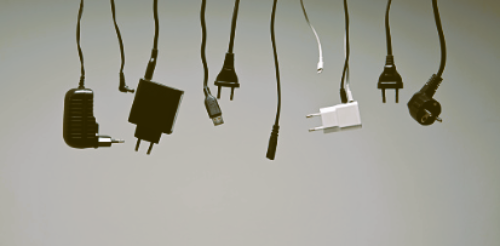
Adaptor/Converters
When packing devices for an African Safari you need to consider the socket type as they can differ across the African continent.
It’s important to keep your devices and phones charged and nothing worse than arriving at a remote camp with no adaptor. The camp may have a spare, but best not to assume.
Recommendation:
-
When purchasing a converter, you should consider one that has the U.S.3 prong plug adaptor as well as one or two USB ports. The USB ports make it easy to recharge your phones or other devices.
-
Always check that your appliance or electronic device is compatible with the voltage and frequencies of the country you are visiting. Your device should say 120/240 Volts and 50/60 Hz. If not, do not use it as your device may get damaged. Most converters only convert the socket configuration and NOT the voltage and frequency levels.
Below is a list of counties withing Africa with the associated voltages, frequencies, and converter types.
- South Africa: 220/230V 50Hz. Electric plug M type
- Botswana: 230V, 50Hz. Electric plug M type
- Namibia: 220v 50Hz. Electric plug M type
- Mozambique: 220V and 50Hz. Electrical plug C, F & M type
- Tanzania: 230V 50Hz. Electric plugs D& G type
- Zambia: 230V 50Hz. Electric plugs C, C& G type
- Zimbabwe: 220V 50Hz. Electrical plug D& C type
-
For countries that use multiple types of converter, we will inform you which you will need for the lodge you will be staying in.
Diagram of different types of connectors as a reference.
